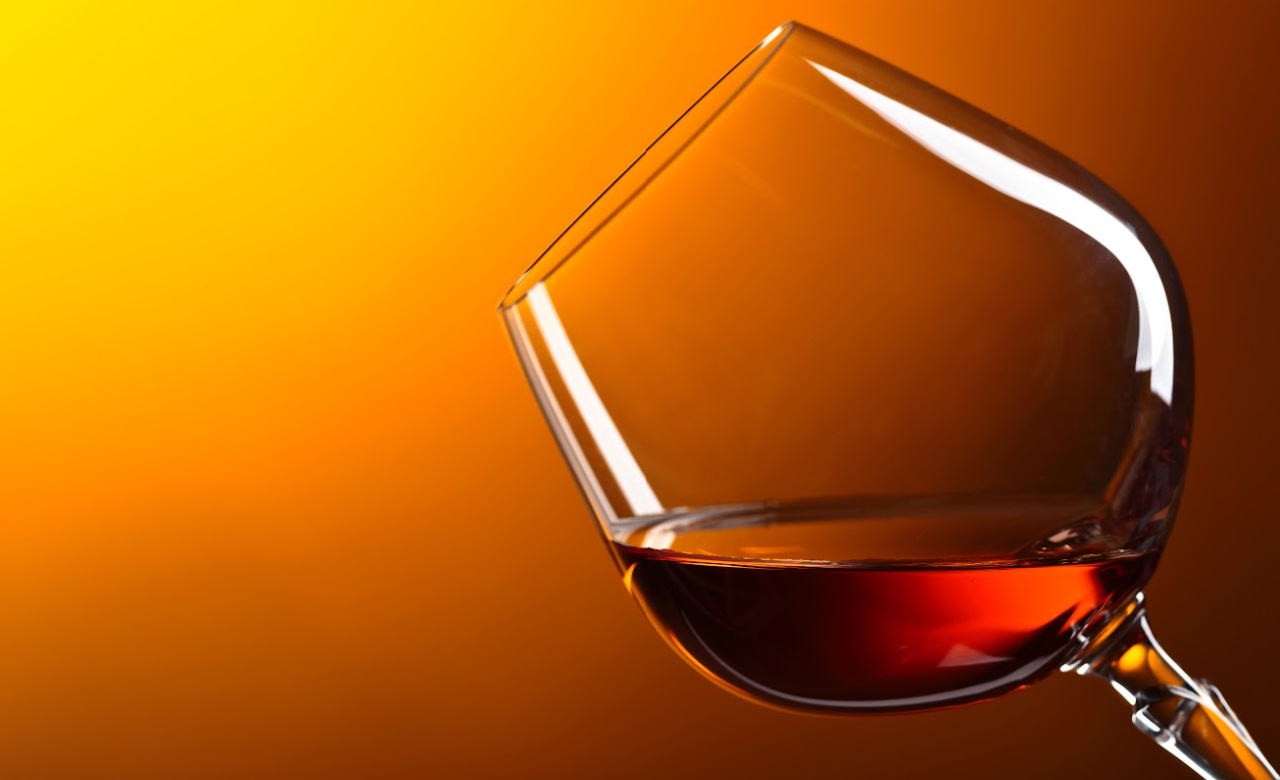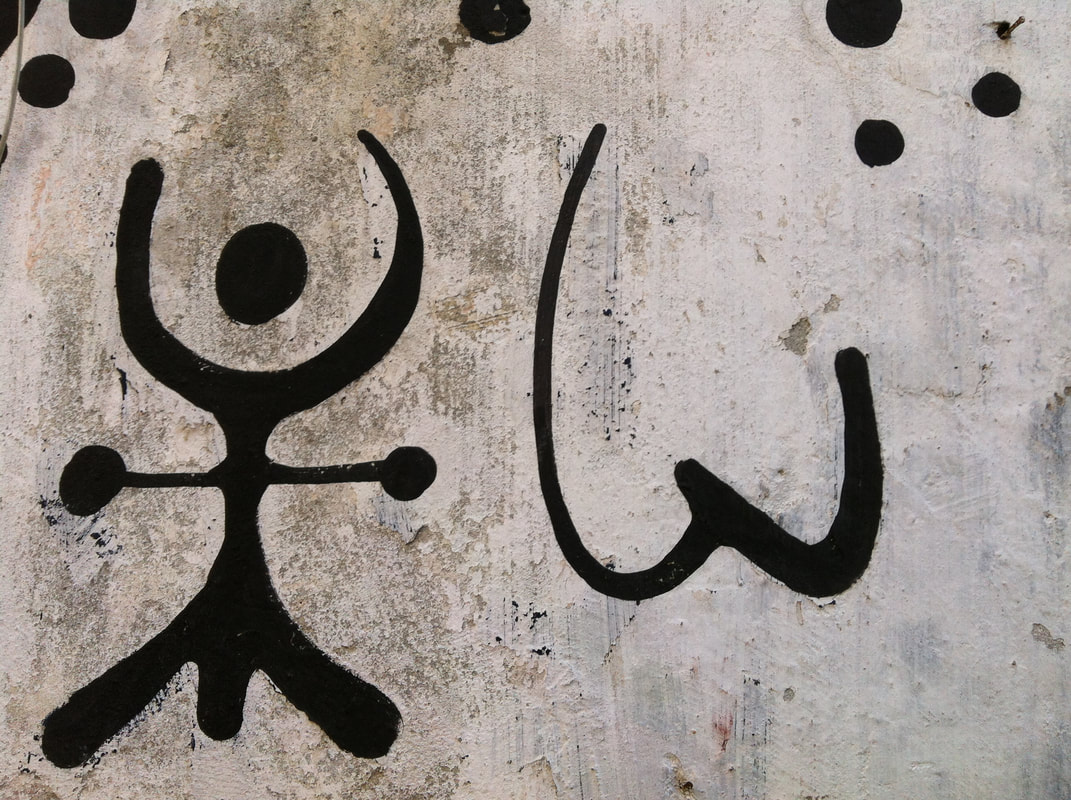
It was spring of 1989. At the time, my wife Carla was pregnant with our daughter Maria, who would be born at the end of August. For the next few months we would live in a stylish sixth floor apartment in the City on Lombard St. at Polk, with spectacular views of the Bay, Alcatraz, and Russian Hill. However, impending parenthood would soon have us relocate to a place on Fillmore St. at Jackson in Pacific Heights. Although just 15 blocks away, the new neighborhood was a completely different universe.
At the time, I was bartending at Bix Restaurant in the Jackson Square district. Within months of taking the job, I was helping with the wine buying. Part of that equation was to attend trade tastings and events. The most memorable of these industry gatherings—even now, over thirty years later—was a seminar put on by Remy Martin, the venerable Cognac house.
The session was billed as a Cognac master class and blending seminar. The venue for the event was a ballroom at the Ritz Carlton Hotel above Union Square. No surprise that parking anywhere near the hotel was non-existent. My options for two hours of temporary vehicle lodging were to either to use the Ritz Valet for a mere $35, or to park at the Sutter-Stockton Garage and walk several blocks up a very steep hill, even for the City. I opted for the latter only to arrive fairly sweaty just before the seminar began.
The presentation started off with a welcome from the importer. Then the presenter was introduced. He was Remy’s master blender, or chef de cave, the supremely olfactory-gifted individual whose job it was to do finalize the blends for the house’s Cognacs. These ranged from the humble V.S. to the sublime and sublimely expensive Louis XIII, which even at the time retailed for over a thousand dollars a bottle.
The chef de cave, or the CdC as I’ll call him, was shortish and stout with a large bushy mustache. He wore an ill-fitting blue blazer, white shirt, and dark slacks which had to make room for his generous midriff. His English was a bit fractured with an expected heavy French accent. CdC started the proceedings by talking about the history of Remy Martin vis-à-vis the rest of the industry: how Remy was the smallest of the four major houses but had ready access to vineyards in the top subzones of the Cognac region, those being Grande Champagne and Grande Fine Champagne. Ultimately, access to better vineyards resulted in higher overall quality in the Remy brandies vs. the competition.
We first tasted through several single component brandies made from the six subzones, including the two previously mentioned. Next, we made our own blends using information on the styles of all the brandies just tasted. Finally, we tasted through the entire range of Remy Martin Cognacs, ending with the aforementioned Louis XIII. I found the Louis Tres, as it is often called, to be sublime—one of the greatest spirits I’ve ever tasted. It was ethereal on the palate with remarkable concentration, depth, and complexity.
CdC then took the group through the technique using one of the brandies to demonstrate. The result was immediately evident. Even with the glass far away, I could still smell faint floral qualities. Each successive smelling position brought new aromatics to the fore, with hints of various fruits, spices, earth, and oak notes.
As good is this new technique was, CdC wasn’t finished. “You know,” he said, “for some of you the alcohol in these brandies may be too strong for your nose. You need to pull the glass away from your face a bit. Then open your mouth slightly and smell by breathing through your mouth and nose at the same time.”
Being eager acolytes, we immediately followed his suggestion. The reaction from the group was mixed. The change made no noticeable difference for most in the group. For a few, trying to smell using mouth and nose at the same time seemed impossible. It was like someone had asked them to throw a baseball with their off hand. And then there were the outliers like me.
I quickly picked up a glass, brought it to within an inch of my nose, and then opened my mouth about a quarter of an inch. At first it seemed alien. But within a few seconds everything changed. I could smell at least twice as much as before. And all the aromatics in the glass jumped out faster than I could recognize them.
After a few seconds I put the glass down and stared ahead, somewhat stunned. Up to that point I had struggled with smelling wine and even spirits, for that matter. There were times when it seemed like I was missing half of what everyone else was getting. But now in an instant, things had changed dramatically. Somehow, the simple act of pulling the glass away and using both nose and mouth to smell changed everything. It was like the bright lights, chorus of singing angels, and free enchilada dinner all rolled into one.
Then I quickly went back and tried the technique of five different positions again. Even with the glass far away I could now smell considerably more by just opening my mouth slightly. The closer I brought the glass to my face the more detailed the brandy in hand became. It was like gradually turning up the volume on a good sound system so everything could be easily and clearly heard.
After the fact, I came to call this nose/mouth combo smelling technique active inhalation vs. the passive inhalation of smelling just using one’s nose. It actually makes sense given there are two distinct physiological ways to smell. One is using the nose only, called orthonasal smell. The other uses the oral cavity and is called retronasal smell.
Most of the human race uses orthonasal primarily to smell wine in that they stick their nose in a wine glass and go for it. Conversely, a few people like me consciously use ortho and retronasal in sequence when we smell. The combination uses a lot more internal real estate to process aromas, hence the dramatic difference the change in techniques made for me.
One of the things I also discovered after learning the new technique was how to improve my sensitivity in smelling aromas in wine. By pulling the glass away at varying distances, I could literally train my nose to detect thresholds of aromatics and even improve my sensitivity to them. It’s a strategy that’s paid off handsomely over the years.
I’ve taught the active inhalation technique to many students over the years. The results are usually mixed, not unlike that first seminar. Most people who try the technique for the first time experience no change. A few students can’t do it at all. But for some, it’s revelatory. One student came up to me after a class saying he had always had challenges smelling wine because of a cleft palate. But by opening his mouth he could actually smell something for the first time.
There are times when I think back to that seminar at the Ritz long ago and how the chef de cave from Remy gave me one of the most valuable industry lessons I have ever learned. I only wish I could have thanked him. In lieu of that, I’ll settle for just saying the following.
Mille merci, mon ami.
